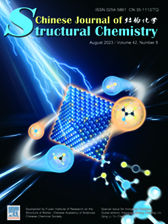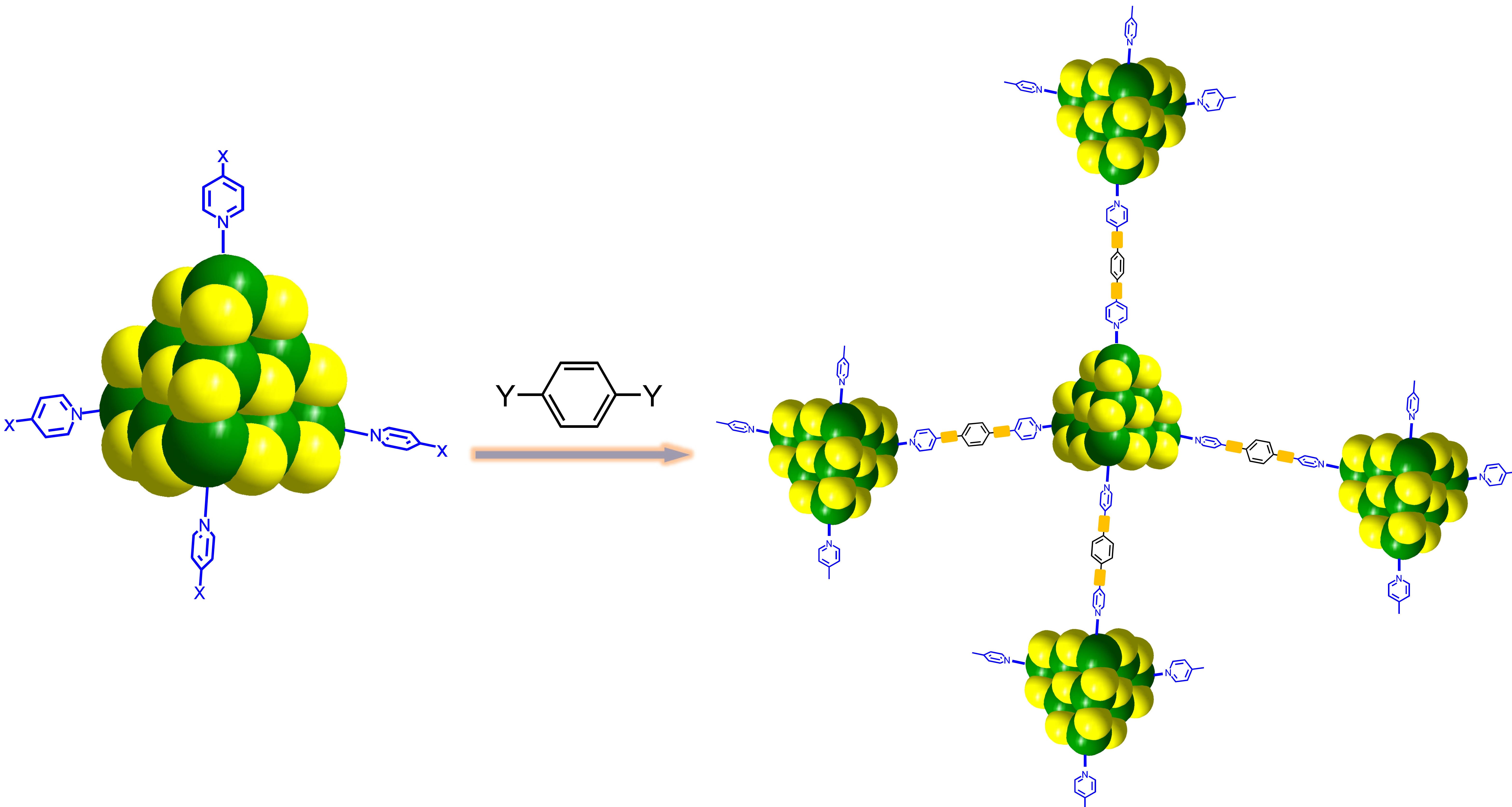
Tandem electrocatalytic nitrate reduction reaction
Chuanfei Cang, Haoquan Zheng* Submit a Manuscript
Zhongqi Wu, Qian-Feng Zhang*, Chao Xu*
Chin. J. Struct. Chem., 2023, 42: 100117. DOI: 10.1016/j.cjsc.2023.100117
August 15, 2023
ABSTRACT
In contrast to the numerous MOFs that have been reported (> 90 000), MCCOFs are quite few, with only tens to hundreds of examples. This can be explained by the lack of MCCs as SBUs for the synthesis of MCCOFs since most MCCOFs are constructed by coordination of organic linkers with the terminal metal sites of MCCs. We envision that the design of functionalized MCCs containing polymerization sites as SBUs would greatly enrich the chemistry for constructing MCCOFs. For example, one can use dual-functional organic linkers that enable both coordination and covalent bonding to functionalize MCCs. In this case, the coordination sites on the organic linker will bond to the cluster, resulting in modified cluster with terminal sites for covalent bonding. These functionalized MCCs can serve as “metal-organic linkers” to construct extended frameworks via various polymerization reactions, such as Schiff-base condensation, Suzuki coupling reaction, Sonogashira coupling reaction, and trimerization, all of which have been widely used for the synthesis of covalent organic frameworks or porous organic polymers. This synthetic strategy utilizes the advantages of stepwise assembly, as well as the powerful and versatile tools of both coordination chemistry and polymer chemistry to construct various MCCOFs. We anticipate that this synthesis strategy would broaden the synthesis of MCC based functional materials and expand their application studies in electro- and photo-catalysis.






